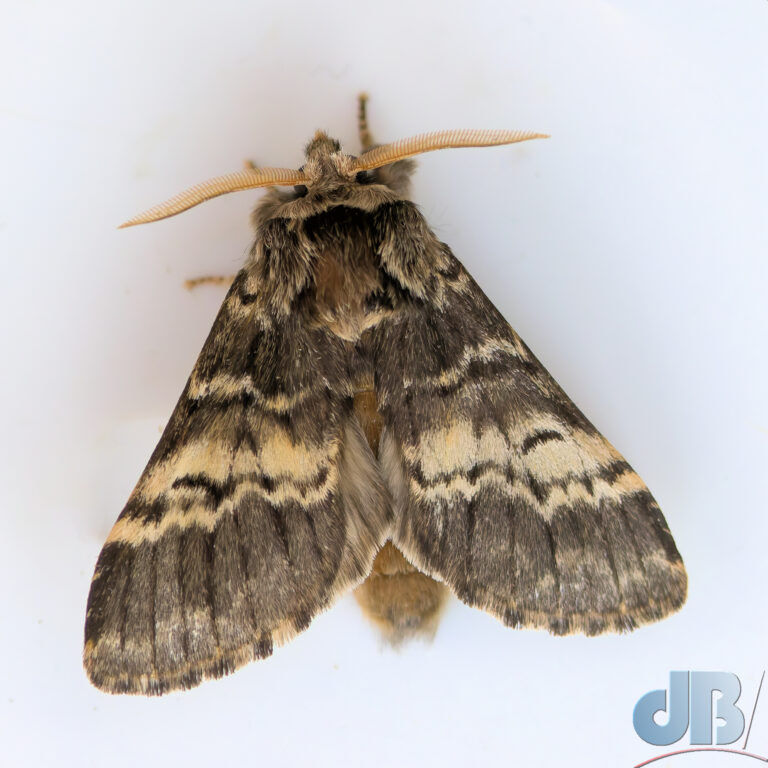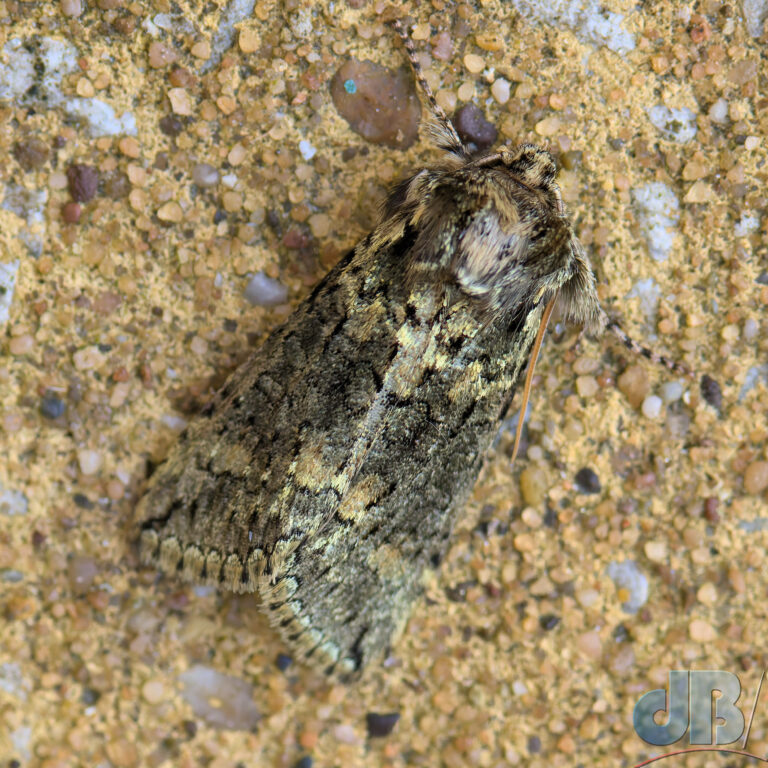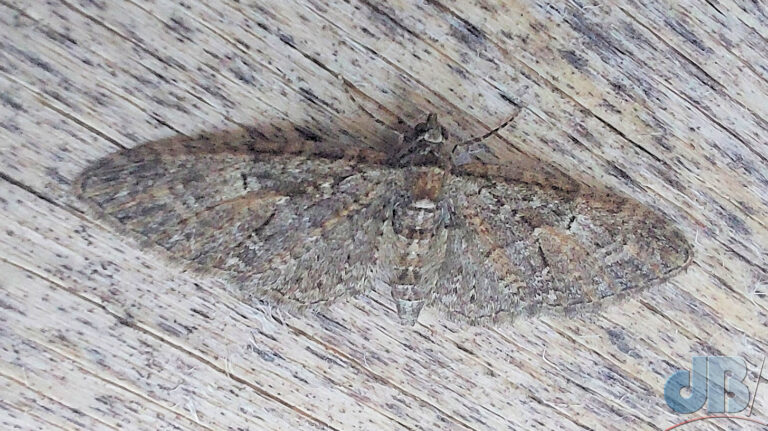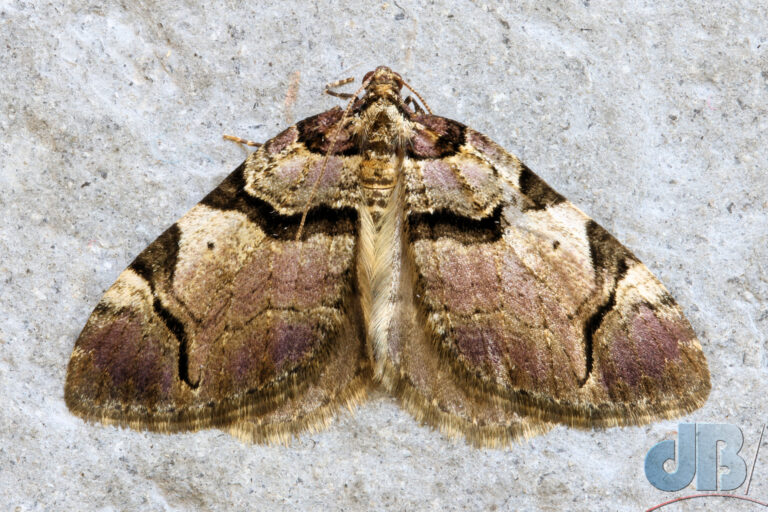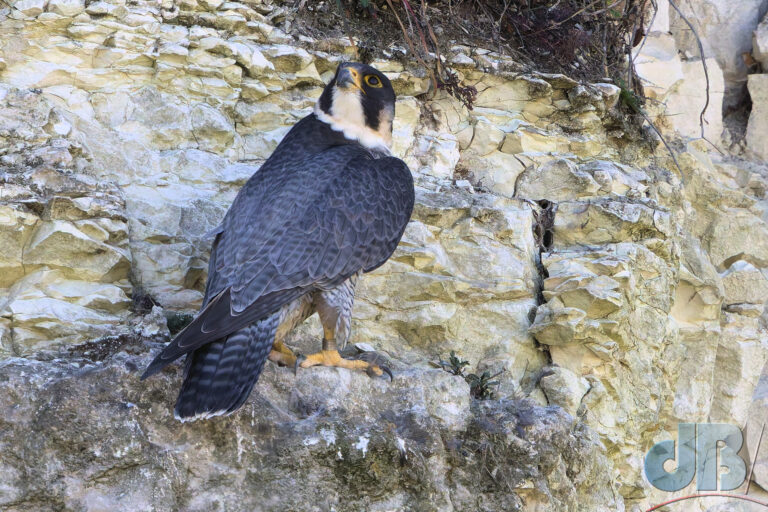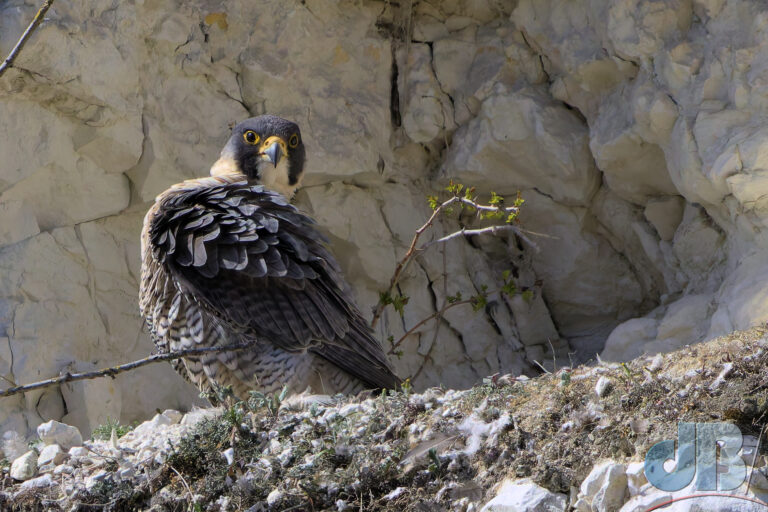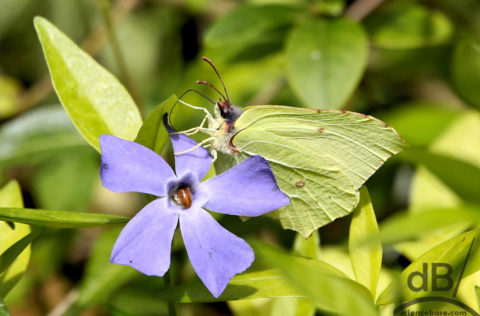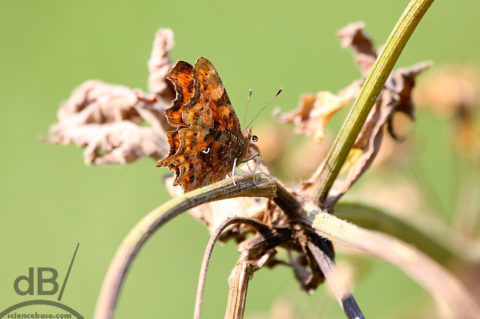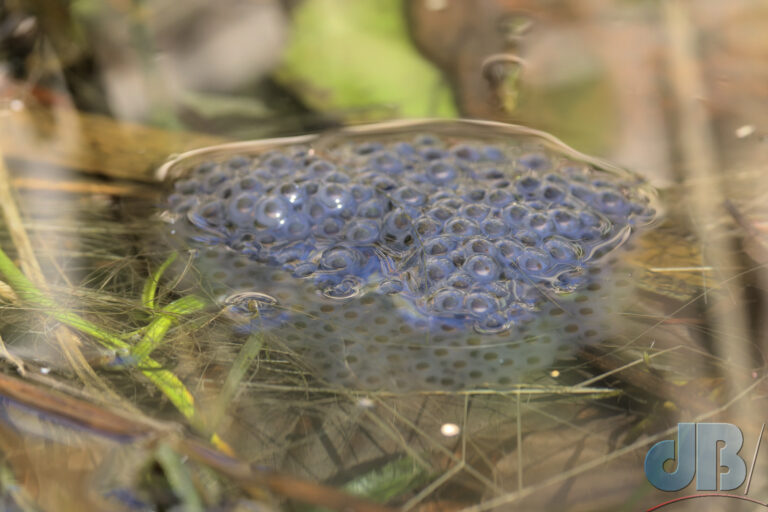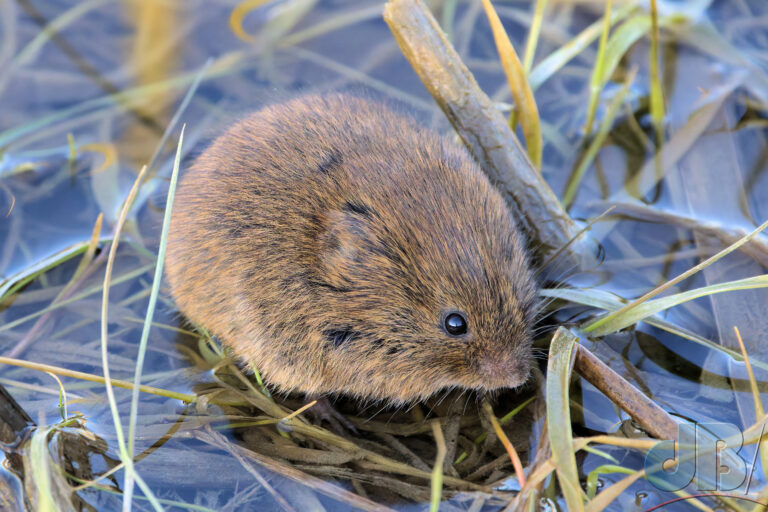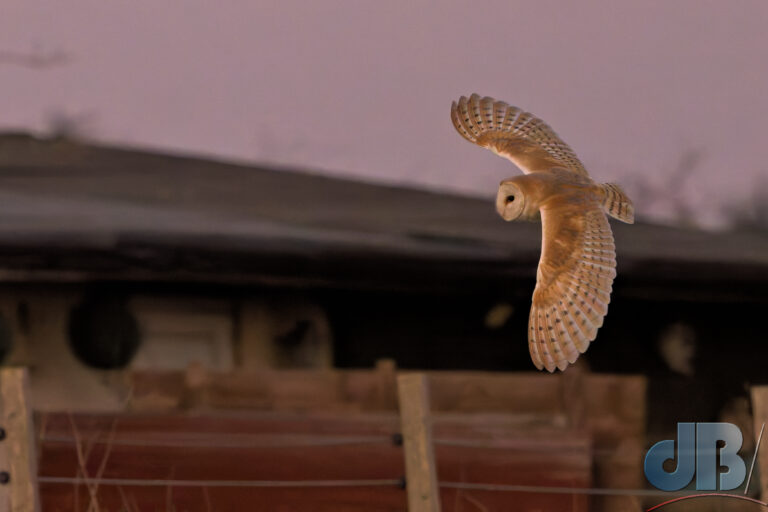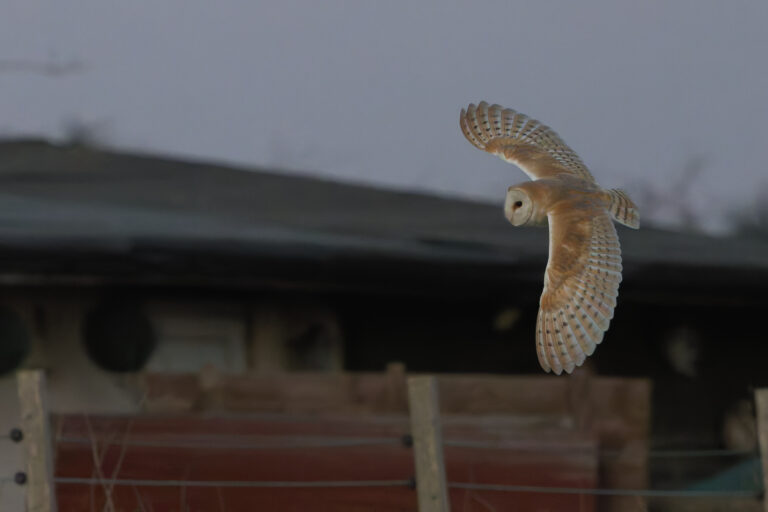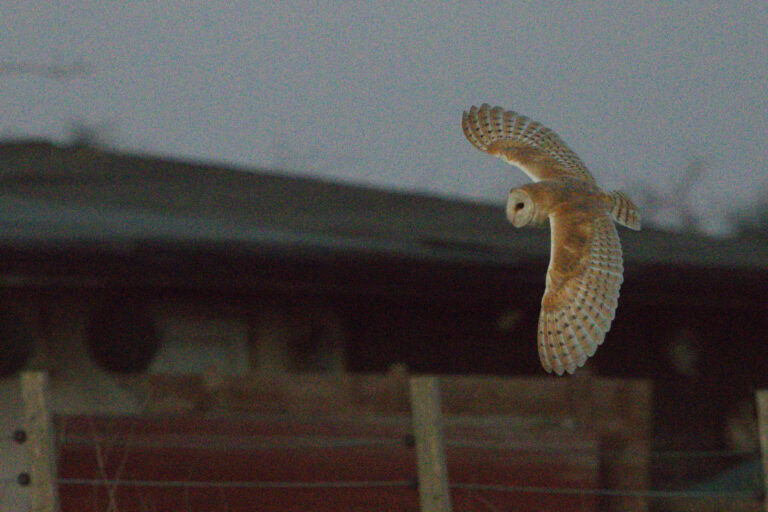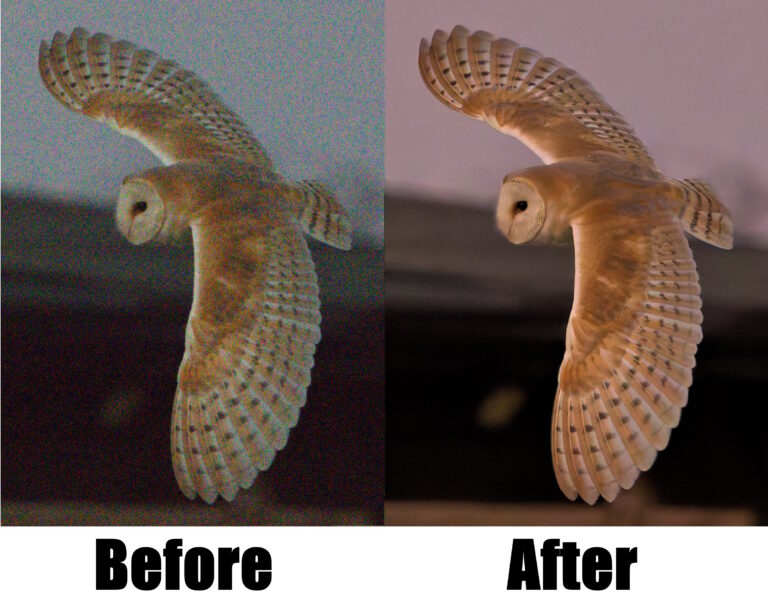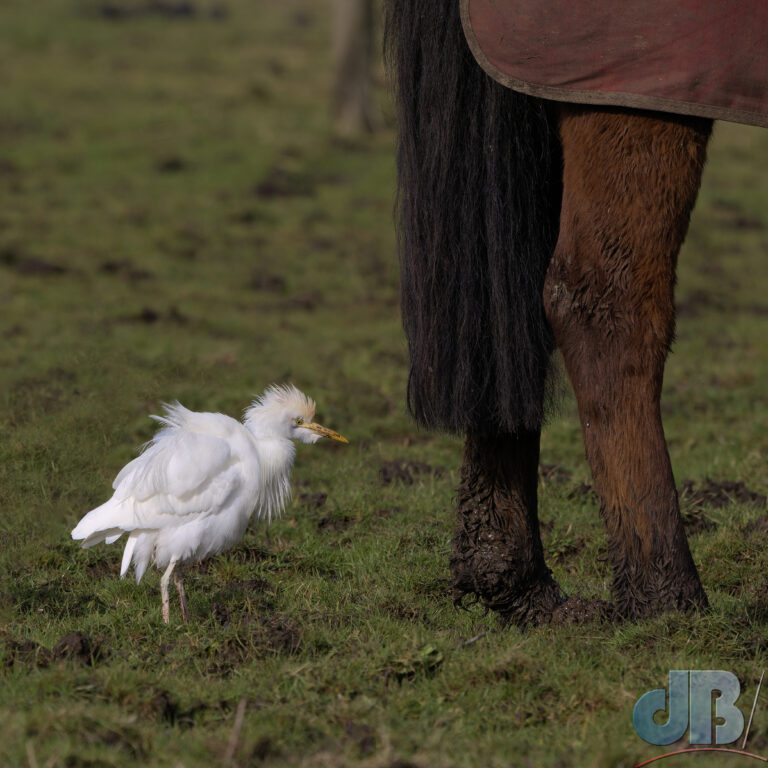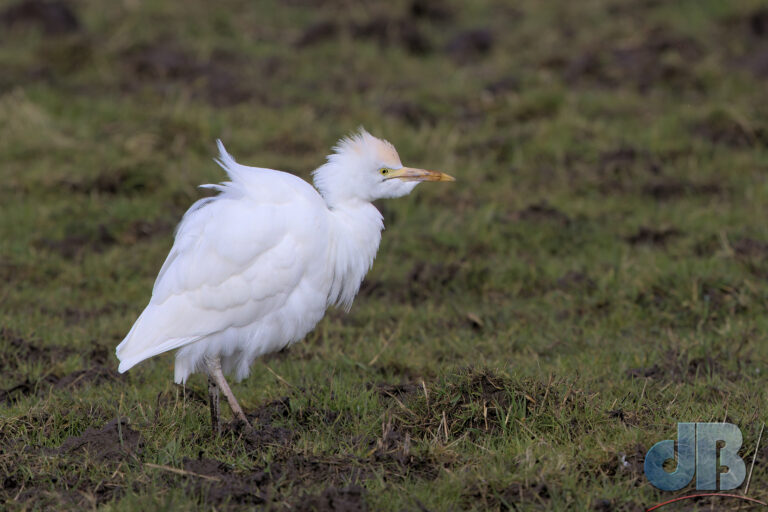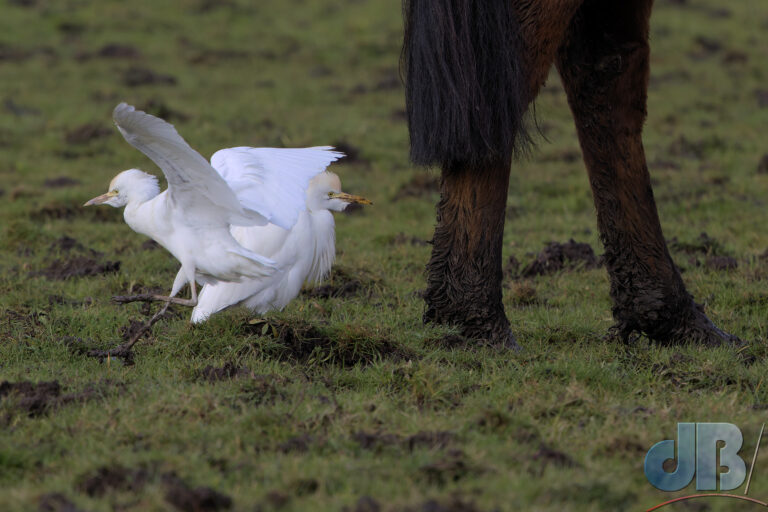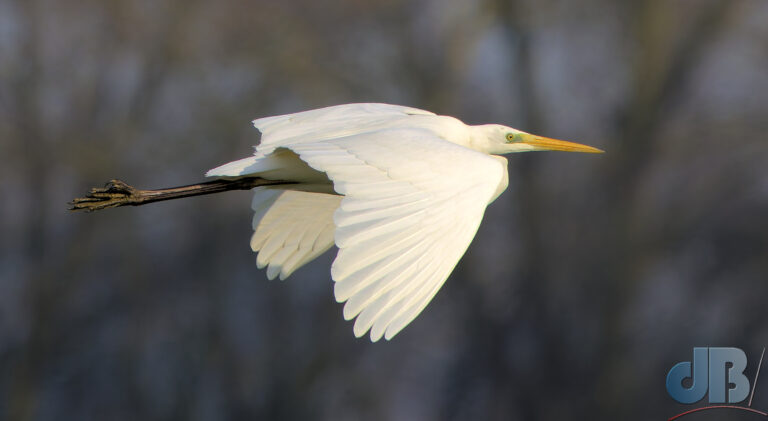A new moth for the garden last night to the 30W UV U-tube. Having been attracted to the light, it didn’t actually enter the Robinson trap and simply sat on the grubby white sheet hanging behind it. Preys ruficeps is its scientific binomial.
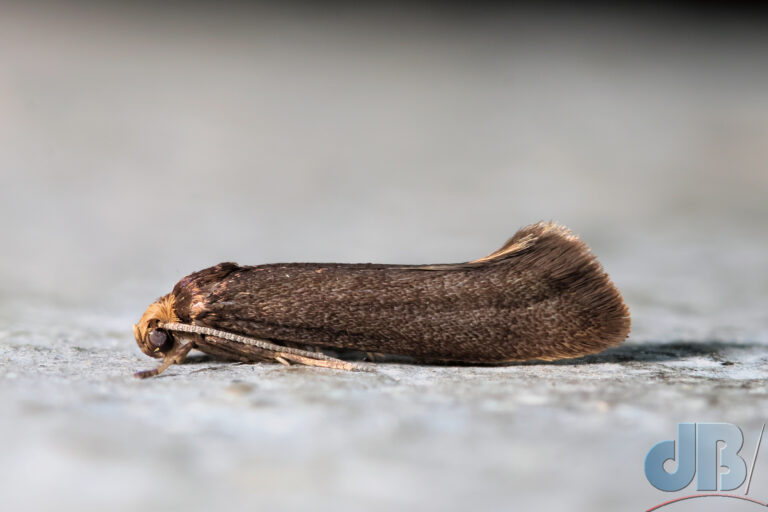
The English vernacular name for this little, black micro moth is the Dark Ash Bud Moth. As the name would suggest, it’s not a brightly coloured moth, although its head is orange. Its larvae feed on Ash (fraxinus). However, there is a complication, until recent DNA testing was carried out this species was simply recorded as a dark, melanic, form of the closely related P. fraxinella, the Ash Bud Moth and wasn’t considered to be a separate species. It ws formally known as Prays fraxinella rustica. This means that the old research on this species was simply lumped together with the original species, according to the UK Moths site, and so little is known about it as a distinct species.
Something I have mentioned before is that often vernacular names for micro moths don’t exist or if they do, there are conflicting names created ad hoc by various lepidopterists and the organisations. When talking science, especially to international colleagues and audiences, it is generally best to refer to the scientific binomial, the name lay people often call the Latin name for an organism. Like that most famous of dinosaurs, Tyrannosaurus rex, it’s perhaps the most well-known scientific binomial, the one used for the king of the terrible lizards. T. rex doesn’t really have a vernacular name. In fact, I’m not sure any of the dinosaurs do. So, use the binomial and we all know what you’re talking about whether terrible lizard or micro moth.
Meanwhile, I checked on the taxonomy of P. ruficeps on iNaturalist and it gave me some interesting names in other languagues – Juodoji Uosine Kandis (Lithuanian), Bruine Essenmot (Dutch), Sysisaarnikoi (Finnish), and Brun Askmal (Swedish), specifically.
Interestingly, when I looked up Sysisaarnikoi, guessing it was Finnish, Google Translate says that word means “carboniferous”. Which given the coal colouring of the moth and the association with ash, is fair enough. However, if you split the word at koi. It translates as Coal Ash Moth. Koi presumably being moth in Finnish. Split out the presumed word for ash, saarni, and it then translates the name as Autumn Ash Moth. That’s intriguing. Saarni seems to mean “coal” and “Autumn” in Finnish, is that right?
The other names seem more obvious, at least bruine and brun are perhaps obviously “brown” and essen and ask are ash, and mot and mal are moth. I can see that Uosine perhaps shares etymology with ash too. Juodoji is black in Lithuanian and Kandis is moth.
Going back to the moth’s scientific name. The species type, ruficeps, translates from Latin as red-throated, according to Google Translate. Now, given, that caput is head in Latin, I suspect it more literally translates as red-headed. Rufus being related to ruber and meaning red. But, of course, as many readers may know from my earlier ramblings, when we say red in many situations, we often mean orange, as English took another century or so after the introduction of the eponymous fruit to these isles to adopt orange as a word for the colour we think of as lying between red and yellow. Hence, Robin Redbreast, Red Admiral, Redshank, redhead, where the colour is so obviously orange, not red.
The Prays genus part of the moth’s name? Well, that’s a little more complicated. Jacob Hübner came up with the genus name in 1825. It could have come from a Greek word, praus, meaning “gentle” or “mild,” possibly alluding to the moths’ delicate nature. Or, it may have been a misinterpretation of some obscure Latin word. Most likely though and common for several of Hübner’s names, it was an arbitrary choice that he simply like the sound of.
Also to the garden trap last night, two male Muslin (Diaphora mendica) and the first Pale Mottled Willow (Caradrina clavipalpis) of the year.

